My jazz journey began when I was eight years old, watching Louis Armstrong perform on The Ed Sullivan Show. Pops’ music resonated so deeply that I wanted to leap into the TV and join the magic.
A decade later I did join the excitement. In 1968, I moved to New York City to study filmmaking at NYU with Martin Scorsese. Finally a Big Apple resident, I started frequenting jazz clubs and connecting with my musical heroes. In 1977, I became a jazz journalist when my first article, an interview with pianist Walter Bishop Jr., was published in Down Beat. Then, hundreds of articles and liner notes.
In 1994, I co-founded Jazz Central Station, the first major jazz website, and in 1997, I became the first jazz blogger under the moniker The Pariah on Bird Lives. In1999, I was producing some of the earliest jazz webcasts, broadcasting live from Birdland with groups, the Dave Brubeck Quartet and the Saxophone Summit.
After the dot-com crash of the early 2000s, I shifted to building websites for legends like Billy Taylor, Sonny Rollins, and Joe Lovano. Then in 2004, I returned to filmmaking, producing video content. By 2006, I launched my Jazz Video Guy channel on YouTube, and on Facebook in 2010, which hav since featured over 2,500 videos and garnered nearly sixty million views.
In recent years, copyright challenges on YouTube and Facebook and algorithmic censorship, have made it increasingly difficult to continue as the Jazz Video Guy. As a result, I’ve decided to step back from posting jazz content on social media. However, I’ll continue to write about and feature jazz here on my blog. Jazz has been, and always will be, a lifelong passion.
My connection to jazz started at home. My dad was a pianist who led a big band, The Skyliners, during World War II, based in London. He often backed Bob Hope at USO shows across Europe. But when he returned to Hartford after the war, he grew disillusioned with the music business and only played club dates on weekends. At home, he rarely listened to music.
That changed in 1959 when my parents bought their first high-fidelity sound system. Along with it, they purchased two records: the soundtrack to My Fair Lady and Duke Ellington Plays the Nutcracker Suite. I already knew the Nutcracker from holiday concerts, but hearing Ellington and Strayhorn’s reimagined version blew my ten-year-old mind. So this is jazz!
Around 1960, in fourth grade, I began trumpet lessons through my school’s music education program—back when such opportunities were a cornerstone of public education. My dad, still skeptical of the music industry after his own experiences, was reluctant to encourage me, afraid I might seek a career in music. As a result, I didn’t practice much. Looking back, if I had, I probably would have become a jazz musician, as well as learned important lessions in self discipline.
A few years later, I started private lessons with Joseph Talone, a trumpeter with the Hartford Symphony Orchestra. His studio, tucked into a music store in downtown Hartford, became a haven for me and other young musicians. Mr. Talone was a patient and generous teacher who gifted me a book of Chet Baker solos, sparking my love for Chet’s music. Around that same time, I began collecting big band recordings, even as the big band era was fading.
On Saturdays and Sundays, I was able to pick up a New York jazz DJ on my radio, a man named Billy Taylor, who later became a very good friend. My first FM radio opened an entirely new world to me. Every night from 9 to 11 p.m., I’d listen to The Golden Sound of Jazz on WCCC-FM, hosted by John Birchard. It was during these nightly sessions that I became a serious jazz listener.
After school, I would hop on the bus to Mark Kaplan’s house, where we’d listen to Blue Note records and snack on cold potato knishes. Brother Mark, a tenor saxophonist I’ve known since I was thirteen, now gigs with his own quartet in New Haven after a career in education.
Somehow, almost miraculously, two of the groups I was obsessed with came to perform at my high school: the Dave Brubeck Quartet and Duke Ellington’s Orchestra. This was sixty years ago, around the time Take Five was a megahit on the radio. Seeing Ellington live was transformative—he was, without a doubt, the coolest person I’d ever encountered. I fell in love with Johnny Hodges’ soulful tone, and as a trumpeter, I was awestruck by Cat Anderson’s range and power.
My trumpet teacher took me to hear Dizzy Gillespie in 1964, and I heard Maynard Ferguson several times during that period as well. Decades later, I’d have the honor of interviewing Maynard for his 70th birthday and sitting down with Dave Brubeck at his home in Wilton, Connecticut, ahead of a live webcast from Birdland. And, I once got high with Dizzy, but that’s another story.
Living in Hartford placed me at a crossroads between Boston and New York. Many groups that performed at Boston’s Lennie’s on the Turnpike, the Jazz Workshop, and Paul’s Mall would stop in Hartford on Sunday nights to play at the Hofbrau House. When I was old enough, I began taking day trips to New York for matinees at the Village Vanguard. My dear friend Robert Levinson, a bassist who passed in 2001, later moved to Newton, MA, and Brother Mark and I would visit Boston on weekends to catch shows. I vividly remember hearing the Oscar Peterson Trio at Lennie’s on the Turnpike.
By the time I was eighteen, I’d experienced some incredible live performances: Maynard Ferguson, Dizzy Gillespie, Stan Kenton, Count Basie, Cannonball Adderley, Rahsaan Roland Kirk, Coleman Hawkins, the Thad Jones/Mel Lewis Orchestra, Booker Ervin, Stan Getz, Charles Mingus, and Sonny Rollins, just to name a few.
I vividly remember the first three records I purchased when I was fourteen. In fact, I played them so much I wore them out and had to replace them—true markers of their impact on my young, jazz-loving heart. And these three recordings have remained on my playlist for half a century.
Dizzy Gillespie’s Big Band Live at the Newport Jazz Festival, 1957. Here is, Dizzy’s Blues.
Maynard Ferguson and His Orchestra, A Message from Birdland, with Slide Hampton’s arrangement of the standard, Stella by Starlight.
Lee Morgan’s The Sidewinder, Lee’s composition, Totem Pole, featuring Joe Henderson.
To round out this autobiographical posting, two final details: When I was fourteen, I proudly wore a “Dizzy Gillespie for President” button to school every single day. That same year, I became an avid Lenny Bruce fan—so much so that I memorized his legendary routine, The Palladium.
These early experiences laid the foundation for what would become a lifelong journey with jazz, an art form that continues to inspire and challenge me. They not only ignited a deep passion within me but also shaped my understanding and appreciation of music’s transformative power. This passion has grown over the years, evolving into a commitment to share the beauty, complexity, and joy of jazz with others. Through this blog, I aim to celebrate its rich history, explore its boundless creativity, and connect with fellow enthusiasts who share this love for the music that has profoundly shaped my life.


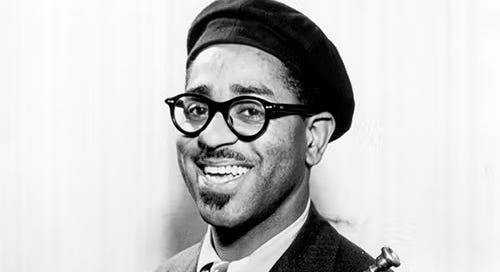



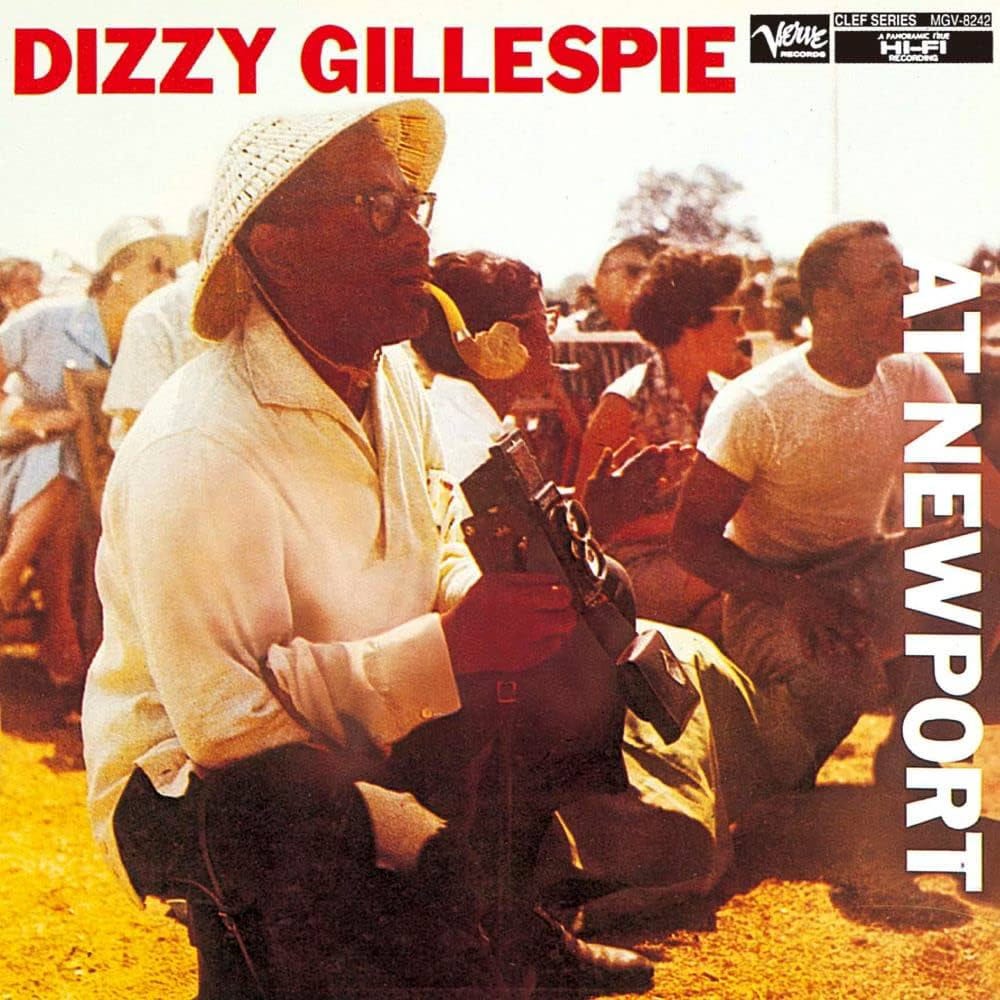
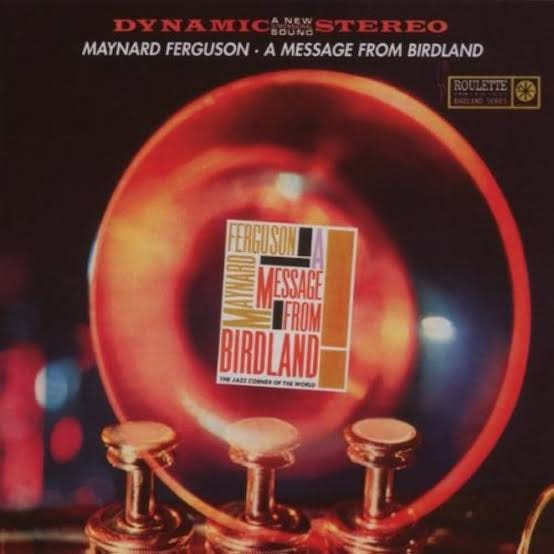
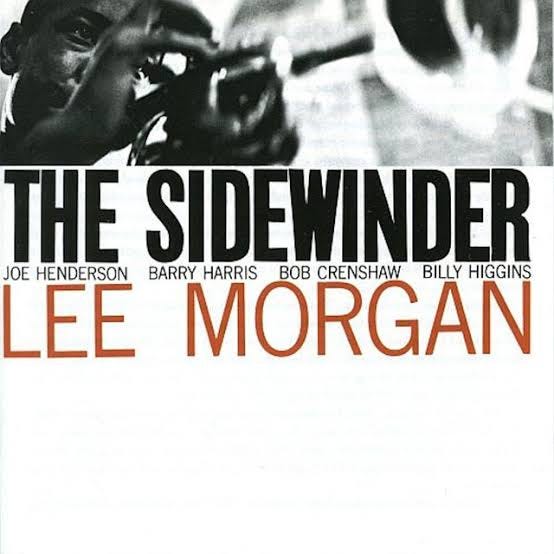
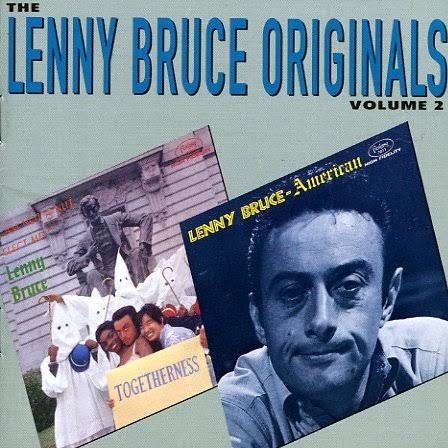
Yup. Same Pops Armstrong performance on Ed Sullivan did it for me. I still practice virtually every day. So many synchronicities: Brooklyn, Tucson...
The Pariah lives!